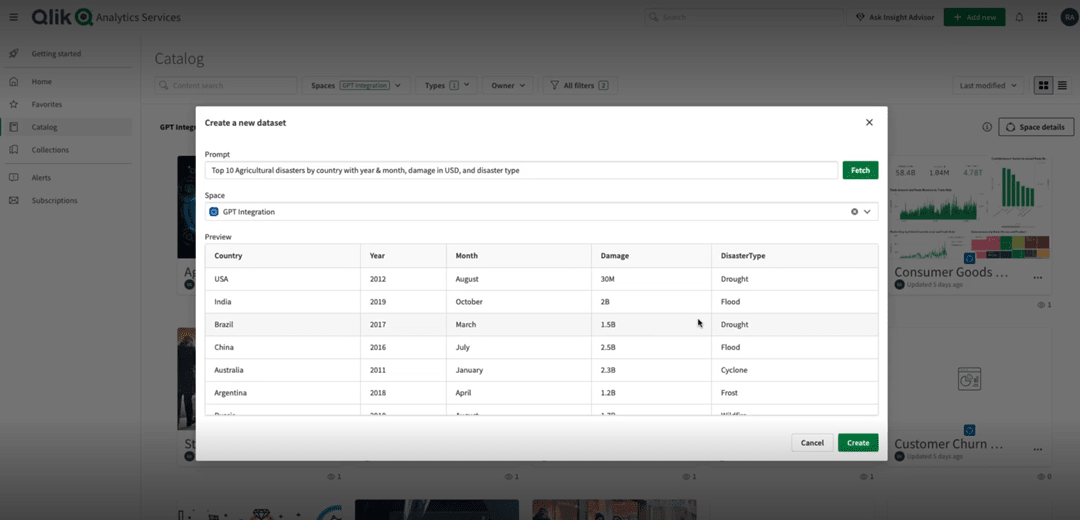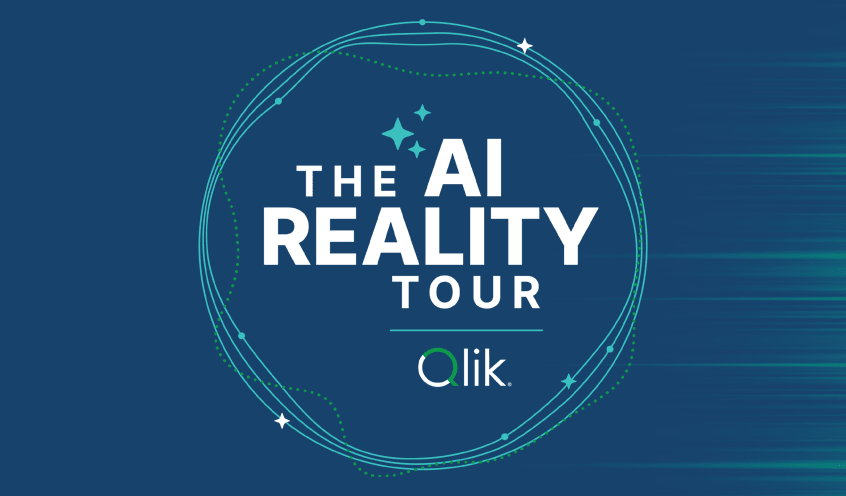The explosive rise of generative AI has prompted incredible excitement about its transformative potential, much like the advent of the Internet. But if like me, you’re old enough to remember what that looked like circa 1995, there was a lot we did not know at the time, creating uncertainty in both worlds of work and education on how to best leverage it, and whether providing unlimited access to employees or students was a good idea.
I think that’s where we are right now with generative AI. And with uncertainty comes a fear of the unknown: companies are afraid to act and get themselves in trouble, but also afraid not to act and be left behind. In this blog post, the first one of a new series on this topic, I will explore why the journey begins with your data, and the best path forward to ensure your success with AI.
**It’s All About the Data**
Generative AI relies on data to function by using large amounts of training data to learn patterns, relationships, and structures in the data. The training data serves as the basis for the model to generate new and meaningful outputs. Simply put, there is no generative AI without data – it’s all about the data, but it has to be the right data. So, getting your “data house” in order is where it all begins. A new article published by McKinsey highlights this, noting that the enablement of a modern data and tech stack is a key strategy for a successful approach to generative AI: that includes access to high-quality, well-harmonized data supported by a scalable data architecture with proper governance and security measures. A new report from Accenture goes further by declaring that this new paradigm “makes solving the data challenge an urgent priority for every business”.
So, where do you start? I believe there are four fundamental areas needed for your data, to ensure a successful approach with generative AI.
1. Data Variety
The ability to bring data together from multiple sources is essential to using AI. As we know, data today is generated at an unprecedented rate in organizations and originates from an ever-growing variety of sources including mainframe, SAP, files, SaaS apps, from multi-locations and in various formats. By consolidating data from multiple sources, AI systems can access a diverse range of information, enabling more comprehensive and accurate analyses. This aggregation allows AI models to uncover valuable insights, identify patterns, and make informed predictions. In addition, combining data from different sources enhances the overall quality and robustness of AI algorithms, as it helps to mitigate biases and limitations that may arise from relying on a single dataset. Ultimately, the ability to bring together data from multiple sources fuels the effectiveness and efficiency of AI applications.
Invest in a data integration solution that can support connectivity to a comprehensive collection of data sources and deliver continuously updated and real-time data.
2. Data Governance
Data must be organized and trusted to be used as a source for AI. One of the major concerns with generative AI today is how to preserve the security, privacy and governance of your data, and how to mitigate the risk of false conclusions based on inaccurate or incomplete information. Organizations are required to comply with numerous data security and compliance regulations and processes, including new rules coming soon in Europe, for example. And poor quality or uncontrolled data can compromise an organization’s ability to make smart business decisions, build great digital experiences, improve process efficiency or even encourage innovation.
Implement a data quality solution that help fight data chaos and discover, federate, share, and automate critical data quality tasks.
3. Consumable Insights
In order for AI outputs to be effectively understood, they still need to be presented in a consumable manner, incorporating both text and relevant visual representations such as charts, graphs, or interactive visualizations within the context of other analytics. While AI systems have the ability to generate vast amounts of data and insights on their own, it is crucial to present these insights in a format that humans can easily comprehend, collaborate around in real-time and directly drive action from. This is so much more than a chat interface. Generative AI will also help address data literacy as a barrier to adoption making it easier for organizations to create and engage more users with the most complex data problems. The richer, the more interactive the applications are, drawing from multiple data sources, the more value they can ultimately provide. So open platforms where complex data problems can be addressed with both traditional human analysis alongside machine augmentation will continue to drive real measurable value.
Invest in the right analytics solution that can not only generate powerful visualizations and dashboards, but also leverages AI and Machine Learning to deliver the best insights for your organization.
4. Connected Systems
Insights from your data are only as good as the action you can take from it. When you bring generative AI output right into your operational systems and your processes are automated to trigger action for your teams, that is when your business can truly benefit from this new, transformative technology. When integrated, AI-powered analytics continuously analyze incoming data in real-time, providing immediate insights or recommendations based on predefined triggers or thresholds. These triggers can be set to initiate specific actions or alerts when certain conditions are met. For example, if an AI model analyzing customer data detects a potential churn risk, it can trigger an automated email campaign to engage with those customers and prevent churn.
Look for a no-code automation solution that can easily create sophisticated workflows, connect to all the business applications you need, and has the ability to trigger action from your systems.
What’s Next is Now
Qlik has been at the forefront of advances in data and analytics for the past 30 years and has led the way in our platform with AI. Today we provide a full range of augmented analytics capabilities to achieve deeper insights, as well as automated machine learning to easily generate models and make predictions. And most recently, we demonstrated the art of the possible at QlikWorld with the preview of our integration of ChatGPT in Qlik Cloud.

CHATGPT INTEGRATED IN QLIK CLOUD (PROOF OF CONCEPT)
Finally, with the recent acquisition of Talend, we now provide a full range of the data integration, quality and governance capabilities designed to help you build the best modern data fabric for your business. That comprehensive platform can act as the major information, insight and action broker and accelerator for generative AI, so that it can be applied in a trusted way in your organization.














































